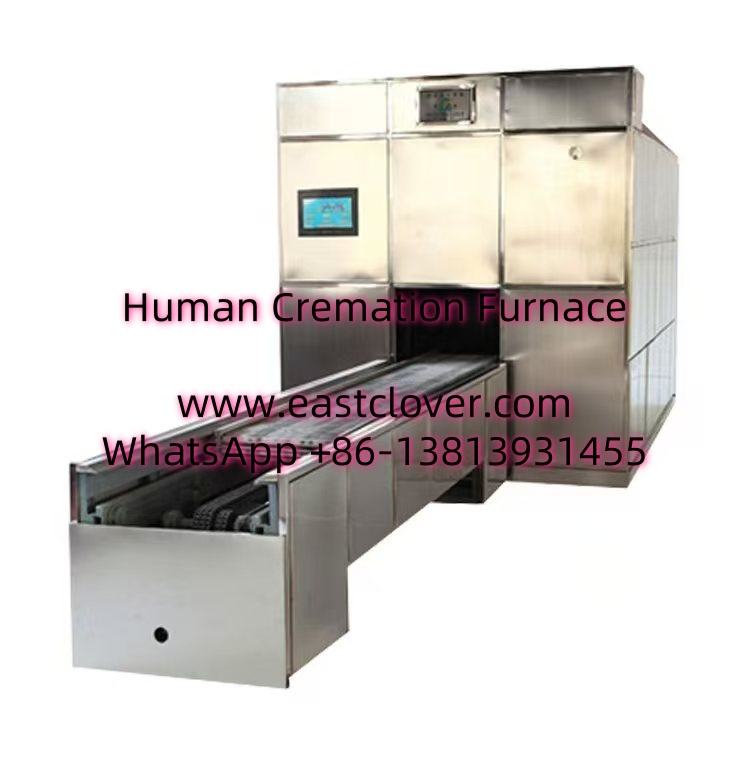The Need for Sustainable Cremation Practices
Traditional cremation contributes significantly to environmental degradation, emitting approximately 400 kg of CO₂ per body and releasing harmful pollutants like mercury and dioxins. As concerns about climate change grow, the funeral industry is reimagining end-of-life practices to prioritize ecological responsibility. Sustainable cremation furnace designs offer a path forward, minimizing carbon footprints while honoring loved ones.
Innovative Cremation Technologies
Electric Cremation Furnaces
Powered by renewable energy sources, these systems eliminate fossil fuel dependency. Advanced models use 30-40% less energy than traditional gas-powered units through improved insulation and heat recycling mechanisms.
Hybrid Cremation Systems
Combining electric and biogas energy, these furnaces dynamically switch between power sources to optimize efficiency. Hybrid models reduce emissions by up to 60% compared to conventional methods.
Alkaline Hydrolysis (Bio-Cremation)
This water-based process uses potassium hydroxide and heated water to accelerate natural decomposition. It consumes 90% less energy than flame cremation and produces nutrient-rich liquid byproducts suitable for agricultural use.
Solar-Powered Cremation
Pioneered in sun-rich regions, these systems use concentrated solar thermal energy to reach required temperatures. Zero operational emissions make this method particularly attractive for eco-conscious communities.
Key Sustainable Design Features
- Refractory Ceramics: High-temperature materials improve heat retention and longevity
- AI-Optimized Combustion: Machine learning algorithms adjust temperatures in real-time for maximum efficiency
- Closed-Loop Filtration: Multi-stage systems capture particulate matter and convert mercury emissions into stable compounds
- Modular Construction: Enables phased upgrades as new green technologies emerge
Environmental and Social Benefits
Transitioning to green cremation methods could prevent over 10 million tons of annual CO₂ emissions globally. Families increasingly appreciate the alignment of final arrangements with personal environmental values, while municipalities benefit from reduced air quality management costs.
Implementation Challenges
While promising, these technologies face regulatory hurdles in many jurisdictions and upfront costs 20-40% higher than traditional systems. Cultural acceptance remains an ongoing conversation, particularly regarding water-based cremation methods.
www.southclover.com
Sustainable cremation technologies represent a crucial evolution in deathcare infrastructure, reconciling memorial practices with planetary health. As these systems achieve cost parity and gain regulatory approval, they promise to transform how societies approach life’s final transition while preserving ecological balance for future generations.
FAQs
How does the cost compare to traditional cremation?
Current green cremation methods average 15-25% higher upfront costs, though lifetime operational savings often offset initial investments within 3-5 years.
Is alkaline hydrolysis legal worldwide?
Approved in 28 U.S. states and 12 countries, legislation continues evolving. Always verify local regulations before planning.
Can families still receive ashes?
All methods produce memorial remains. Bio-cremation yields 32% more ash volume compared to flame cremation due to bone preservation differences.
What certifications indicate genuine sustainability?
Look for NSF International’s Eco-Cremation Standard certification and units meeting ISO 14025 environmental product declarations.
How long does the process take?
Electric and hybrid cremation require 2-3 hours, comparable to gas systems. Bio-cremation typically takes 6-8 hours using current technologies.

Comments are closed